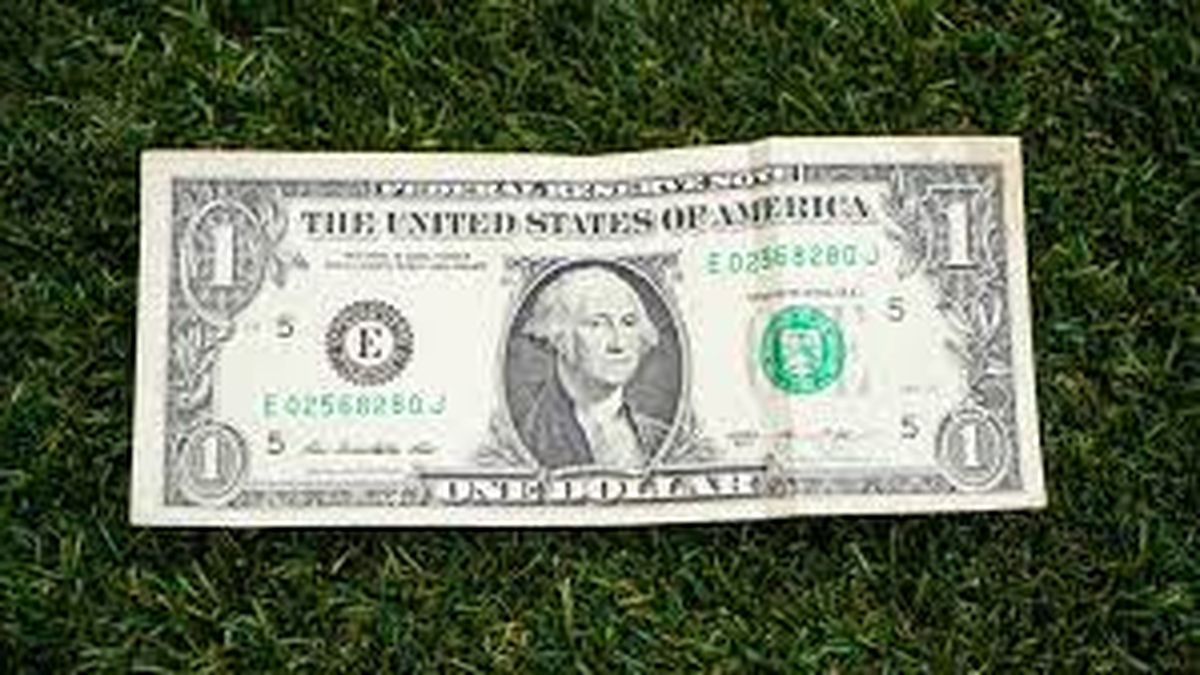This Friday, March 1, the limit of US$200 per person and per month for the purchase of savings dollars. Thus, to access the official dollar more taxes, interested parties must overcome an endless number of restrictions, which adds to the fact that, today, more than six figures in pesos to acquire those US$200.
It is important to note that the purchase of also called solidarity experienced a marked drop in January, with 86% fewer buyers compared to the same month in 2023 and 72% fewer than last December, according to data provided by the Central Bank (BCRA).
Thus, in the first month of the year, Only 138,000 people agreed to purchase the US currency. A low figure compared, for example, to the record of 3,900,000 buyers in July 2020. And, as the financial advisor explains well, Gaston Lentini to AmbitOn the one hand, there is seasonality where we know that sometimes the month of December causes people to perhaps have a higher level of spending. “There are the holidays, maybe some vacations, then there is a part of the budgets that lets go to savings and goes directly to spending. The same in the month of January,” she adds.
And this occurs in a very particular situation where free dollars stopped rising and “precisely the existence of the entire tax system” makes both the card dollar and the savings dollar ($1,377.60) very expensive. Discouraging the purchase, analyzes Lentini.
Dollar savings: how it is made up
The solidarity or savings dollar implies the official exchange rate plus taxes that make it 60% more expensive: 30% of the COUNTRY tax and another 30% deductible from the Income Tax. Like the card dollar, they are quoted at $1,377.60, according to Ámbito’s survey. For those without limitations, The solidarity dollar can be obtained through home banking or from financial entities authorized in the exchange market.
The economist Elena Alonso In dialogue with this medium, he mentions some other factors that, in his opinion, influenced the low demand for this type of exchange. Among those he mentions:
- Exchange gap: The reduction of the exchange gap has made the official dollar (plus taxes) less attractive in comparison with the use of own dollars. This has led people to prefer to use your own dollars instead of purchasing them through the local financial system.
- Loss of purchasing power: The fall in purchasing power led to people having less real income, which in turn reduces their ability to buy dollars. This may be due to inflation or other economic factors that affect the value of the local currency.
Largavista dollars.jpg
- Access to other exchange options: The reference to access to “cash with liquid” and Bopreal suggests that both exporters and importers They are using alternatives in the exchange market to carry out transactionswhich can influence the supply and demand of Dollars.
- Need for exchange for current expenses: People may also be exchanging dollars to meet daily expenses, since their purchasing power has decreased and, therefore, They have to exchange foreign currency to meet their daily needs.
How many pesos do you need in March to buy US$200?
In addition to restrictions and taxes that increase its cost by 60% compared to the official exchange rate, the user will need a greater number of bills in March to access the US$200 limit. Thus, on the last day of February, it was necessary $275,520 to buy US$200 through the bankwhich, in short, does not make sense, taking into account that the MEP dollar is at $1,033.58, has no purchase limit and represents a saving of almost $70,000 for the same amount of dollars.
Lentini explains this phenomenon and calls to the reflection so that users go to the MEP. “Everything that is white money can be purchased through MEP, which today is quoted a little above a thousand pesos and it is a completely easy option,” he adds.
However, he warns that the downward trend in purchasing through home banking is also due to the fact that “There are many people who have black money and end up going to the cave“which is also selling at values between 15 and 20% cheaper than last month.”So it makes sense that any ordinary citizen“, even if you have the possibility of buying dollar savings and having taxes in favor, “go directly to the blue or the MEP. Without looking at anything other than the amount of dollars you can buy in any market.“he adds.
Although some analysts maintain that “The dollar is expensive and they trust that the Government will not devalue, will control inflation and the crisis will be overcome by the second half of the year,” Lentini adopts a more agnostic stance. The analyst is skeptical and prefers operate prudently, observing how the situation develops; Although the indicators suggest possible stability, Lentini emphasizes the uncertainty due to future salary negotiations and adjustments in rates that could impact inflation, as well as explore other investment options.
Dollar savings: who cannot buy
- Those who bought the MEP or CCL dollar in the last 90 days.
- Those who received salaries in 2020 through the Production and Work Assistance program (ATP).
- Those who receive social plans or state aid such as the Universal Child Allowance (AUH).
- Monotributistas who have ongoing credits at a subsidized rate.
- Those who do not have their income declared.
- Joint holders of bank accounts.
- Those who spent their quota of US$200 with a card, which includes payment for services such as Netflix or Spotify in dollars.
- Those who have a 12-installment payment plan for credit card debts.
- Those who refinanced their debts with banks for personal, collateral or mortgage loans.
- Beneficiaries of the income reinforcement that was paid in May and June 2022.
- Those who receive state subsidies for the payment of electricity and gas rates from September 2022.
- People who enter the pension moratorium to retire without having 30 years of mandatory contributions.
- Registered workers, retirees and pensioners of the ANSES who access the new credits of up to $400,000.
Source: Ambito
I am a 24-year-old writer and journalist who has been working in the news industry for the past two years. I write primarily about market news, so if you’re looking for insights into what’s going on in the stock market or economic indicators, you’ve come to the right place. I also dabble in writing articles on lifestyle trends and pop culture news.




